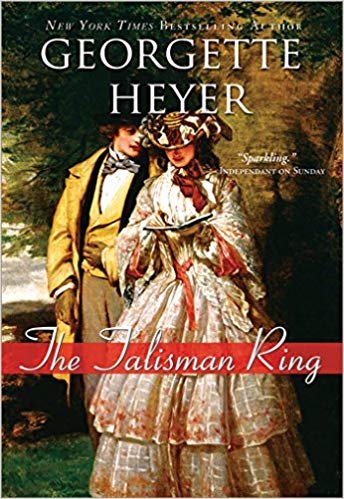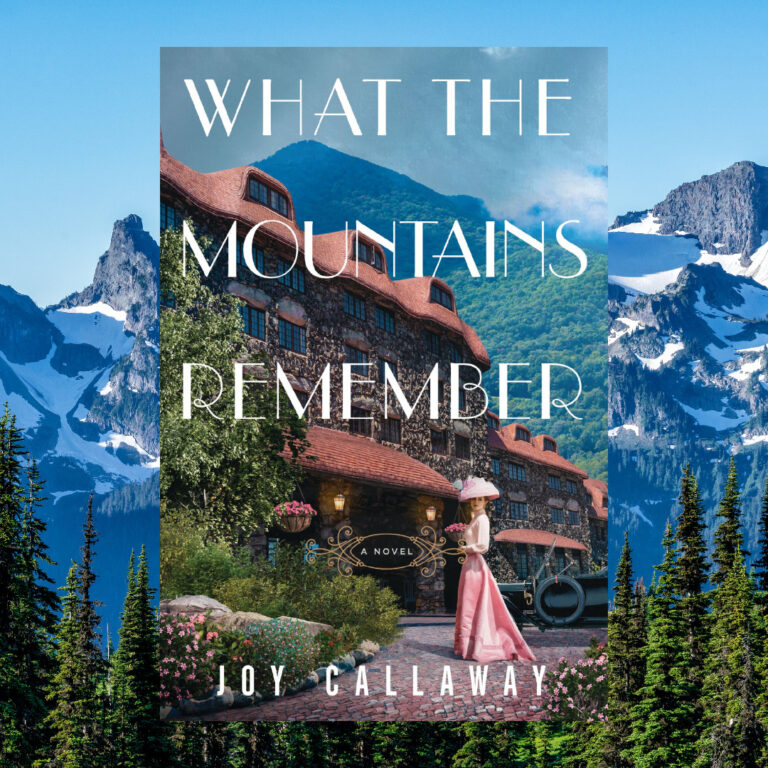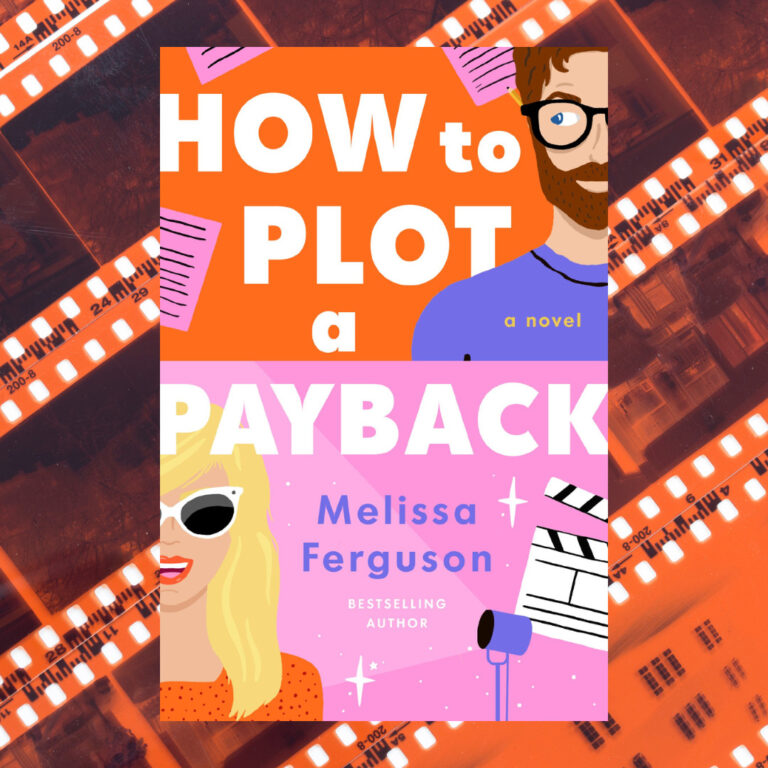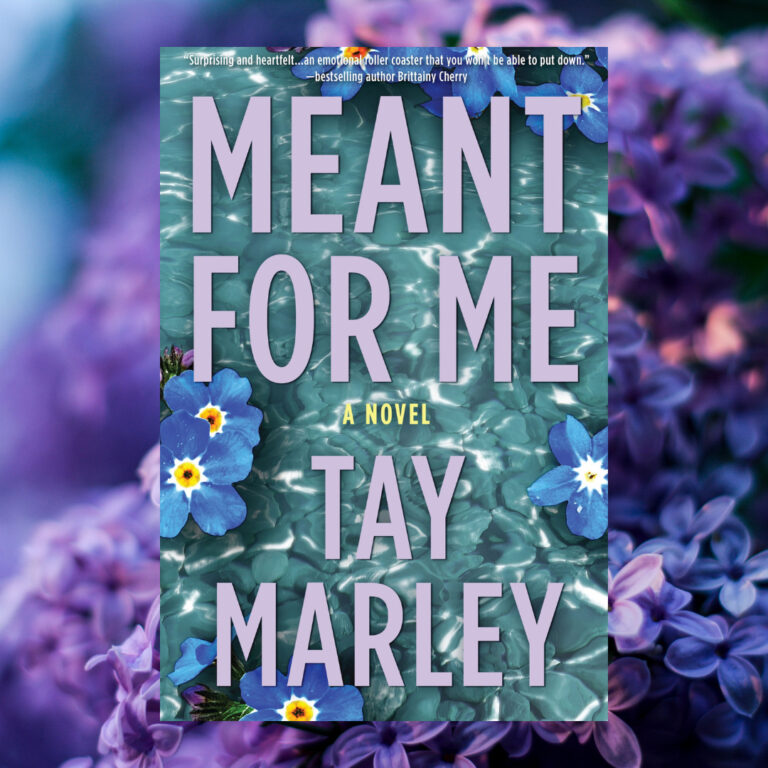We are in the middle of a romance renaissance – maybe even, a revolution. Although there is still a long way to go, romance novels have never been so diverse, inclusive, and feminist before. As a long-time romance fan, I’m nothing but excited about this.
I love how Jasmine Guillory’s The Wedding Date discusses challenges and blind spots in an interracial relationship and the intersectional diversity of the characters in The Kiss Quotient and The Bride Test by Helen Hoang. I appreciate how so many Alisha Rai’s romance novels discuss the unfair burden of emotional labor on women in heterosexual relationships. And I’m always excited by the fat representation and body positivity in Sarah MacLean’s regency romances.
I could keep going and going and going. The rise of so many new, diverse #ownvoices authors getting more attention is the best thing that’s ever happened to my favorite genre. I fully hope this continues to grow and believe this diversity has led to funnier, smarter, sexier books being written than ever before.
But sometimes, I feel a little uncomfortable when in the celebration of this new diversity and nuanced feminism, people make disparaging comments about “our mother’s romance novels.”
Because, I will admit I still like my mother’s romance novels. There are certainly problematic tropes in some of them. But I fell in love with romance reading old school Nora Roberts and Jayne Ann Krentz books, among others. There were shoulder pads and too often the male hero needed to step in to save the day, but these books often featured independent, passionate female characters. Women who had interesting careers, meaningful friendships, and lived all over the world. Furthermore, women who valued and prioritized getting their physical and emotional needs met in a relationship.
And I don’t just like my mother’s romance novels. I still like the Georgette Heyer romances that were once my great grandmother’s. Before I found Nora Roberts, my middle school self devoured every Georgette Heyer on the shelf. The marriage plot of these Regency romances, written in the early 20th century, are certainly outdated. But they also essentially established the entire genre of Regency romance, leading to current favorites like Tessa Dare, Courtney Milan, Lisa Kleypas, and the previously mentioned Sarah MacLean. Georgette Heyer romances feature female characters who continually break the mold of the perfect 19th century British lady. They scheme to help their families survive. They travel the world. They switch places with their twin brothers. They reject fashion trends. One even has a pet monkey! And despite this nonconformity the heroes (dukes usually) fall in love with them. The heroines are rewarded, not punished for their individualism and free spirits.
These books from my mother and great grandmother didn’t just pave the way for my own romance reading habit. By centering women’s stories and creating interesting, dynamic female characters, they paved the way for the romance novels being written now. I would also argue that romance has always been primarily a feminist genre, because it has been mostly by women for women and about women. And female desire – whether romantic, matrimonial, or sexual – has always been integral to the genre.
I’m all for celebrating the amazing romance novels being written today. But I don’t want to forget or belittle all romance novelists from the past. These comments often feel like they’re coming from people who never actually read previous generations’ romances. And they leave out amazing, pioneering romance authors of color like Beverly Jenkins, Shirley Hallstock, Brenda Jackson, and Gwynne Foster who’ve been writing amazing romance novels for decades.
For nostalgic reasons, I don’t want to turn my back on romance novels from the past. I’m happy to reread them, keeping their historical context in mind. I definitely need to weed out some stories with problematic trends and harmful story-lines, but I still have to do that with some romance novels being published today.
I love the growing diversity and emotional intelligence of romance novels being written today. And I can’t wait for all the beautiful and amazing happily ever afters that will be published in the future. But I’m not ready to throw my mother’s romance novels under the bus just yet. Instead, they’ll remain where they’ve been since I was a teenager: waiting for me to find them in boxes under her bed.














